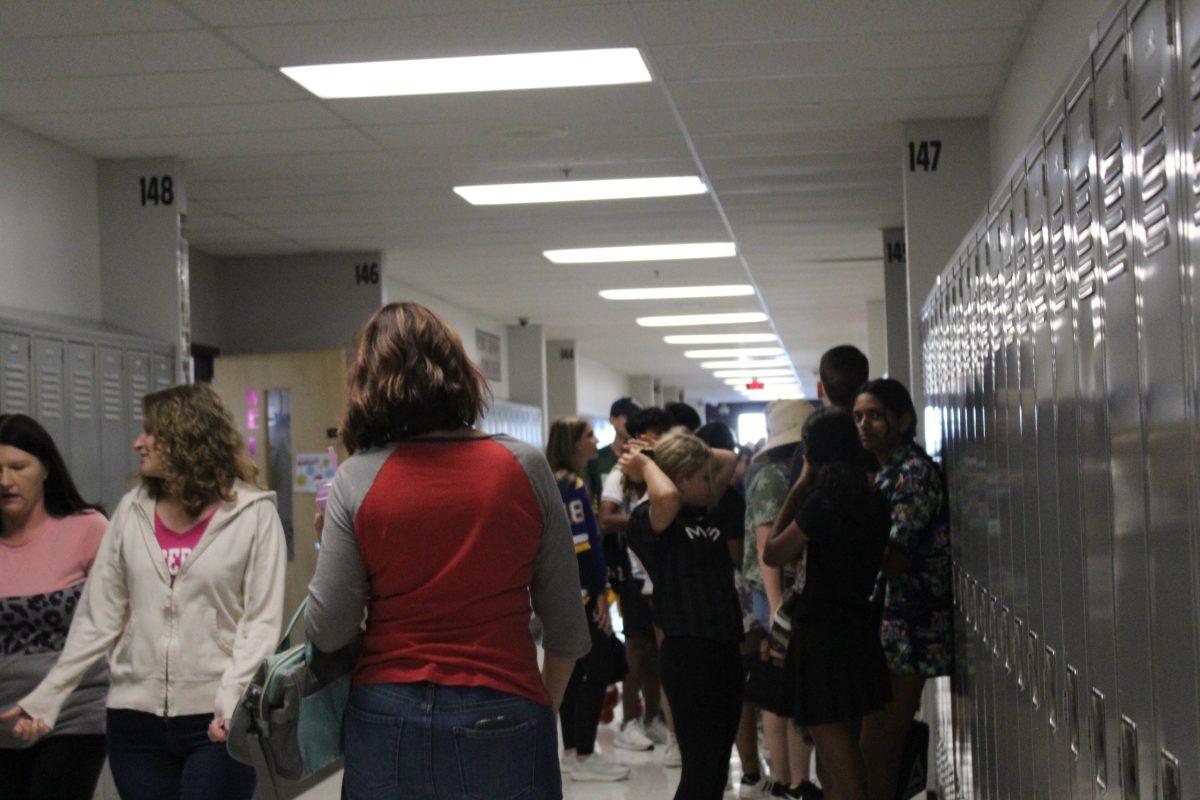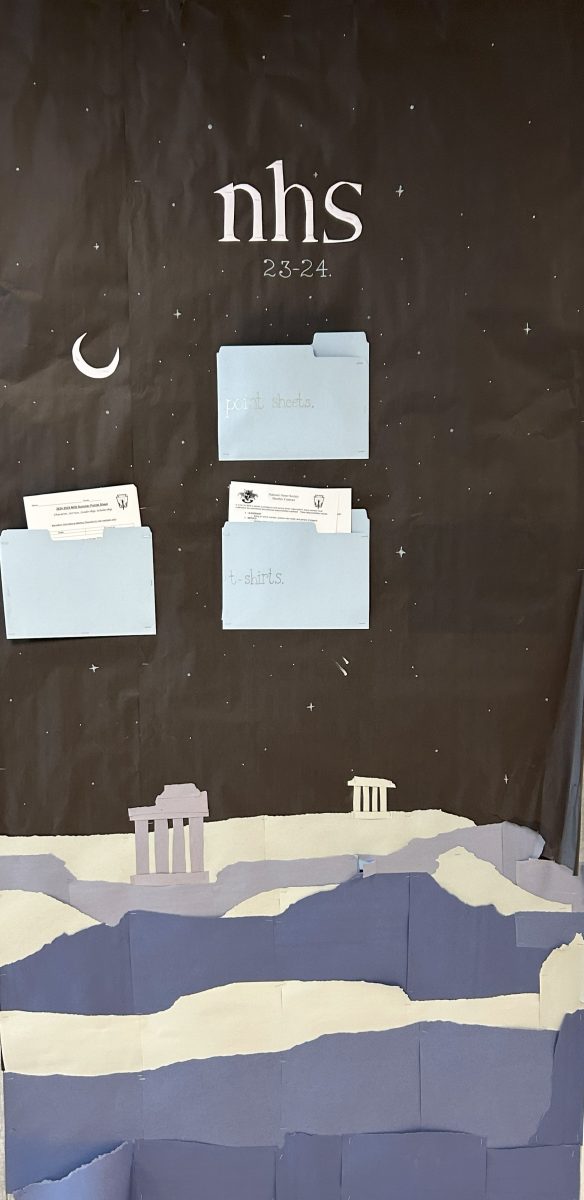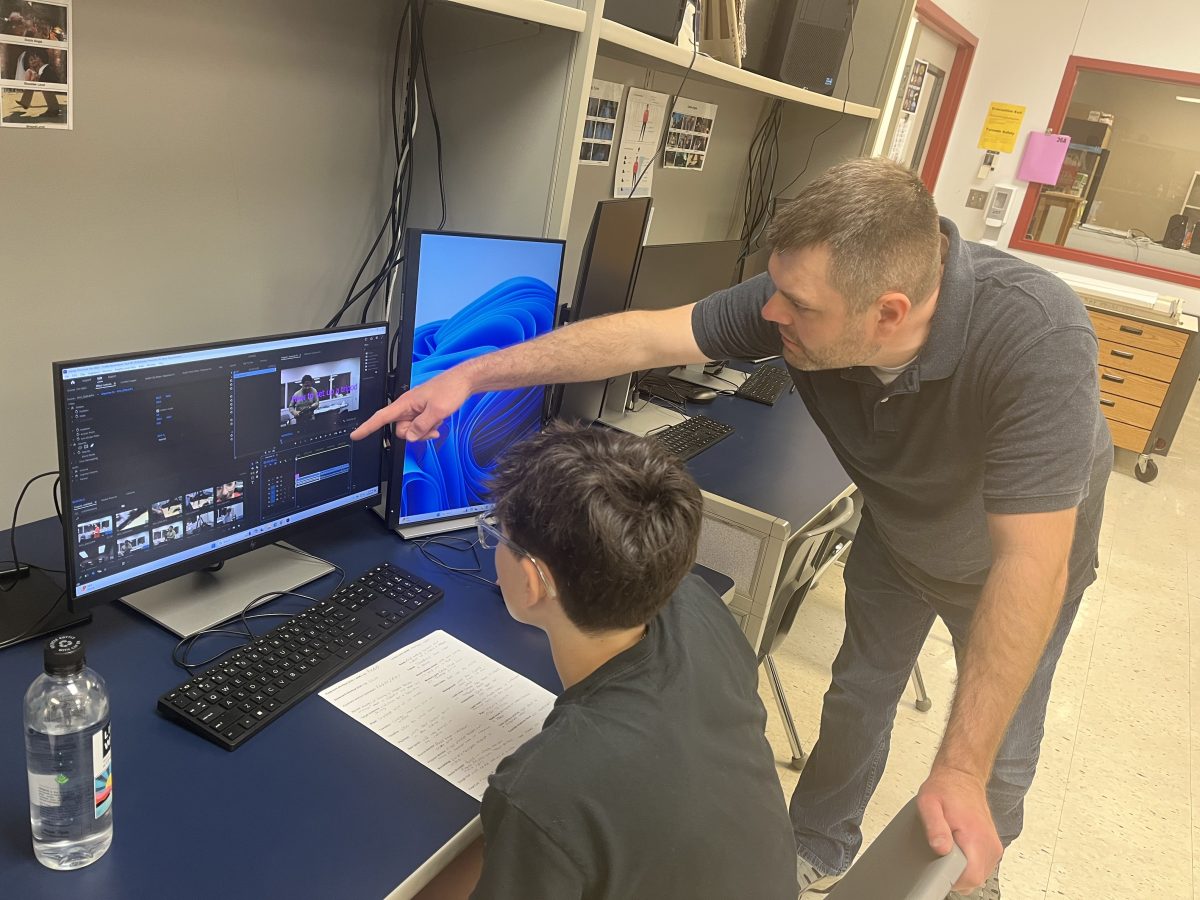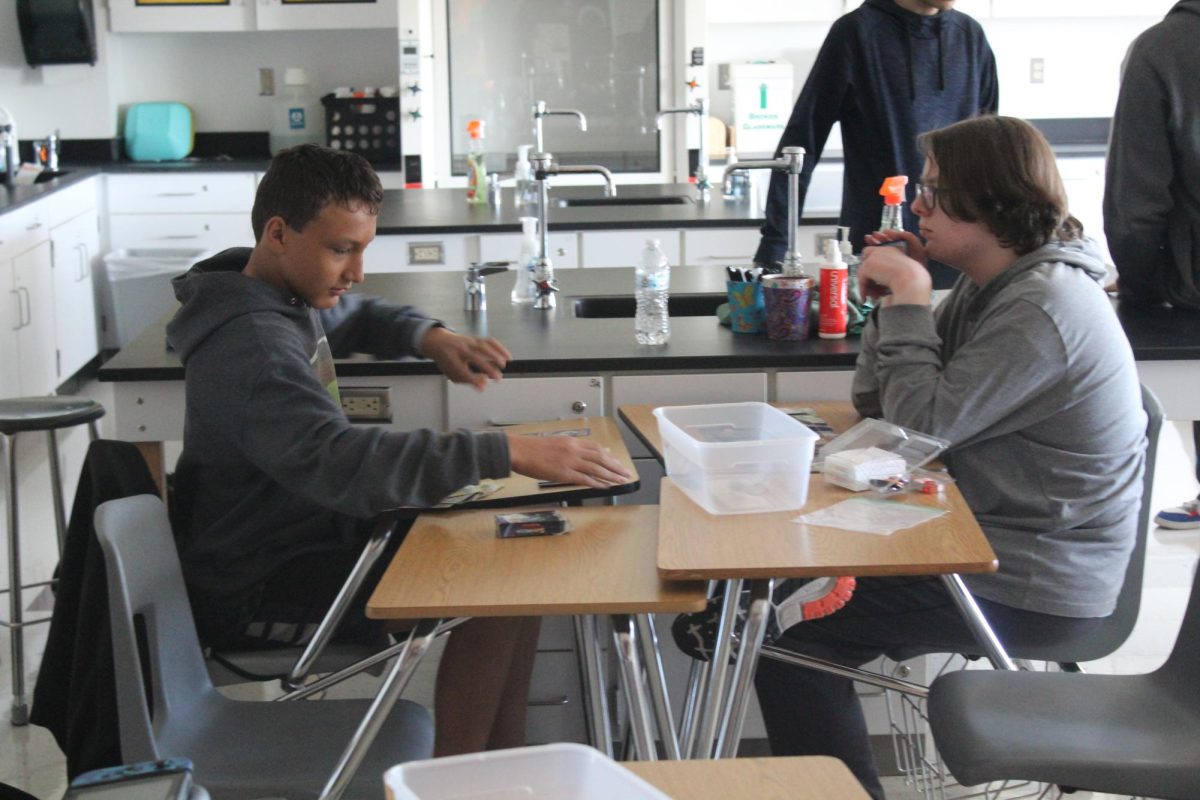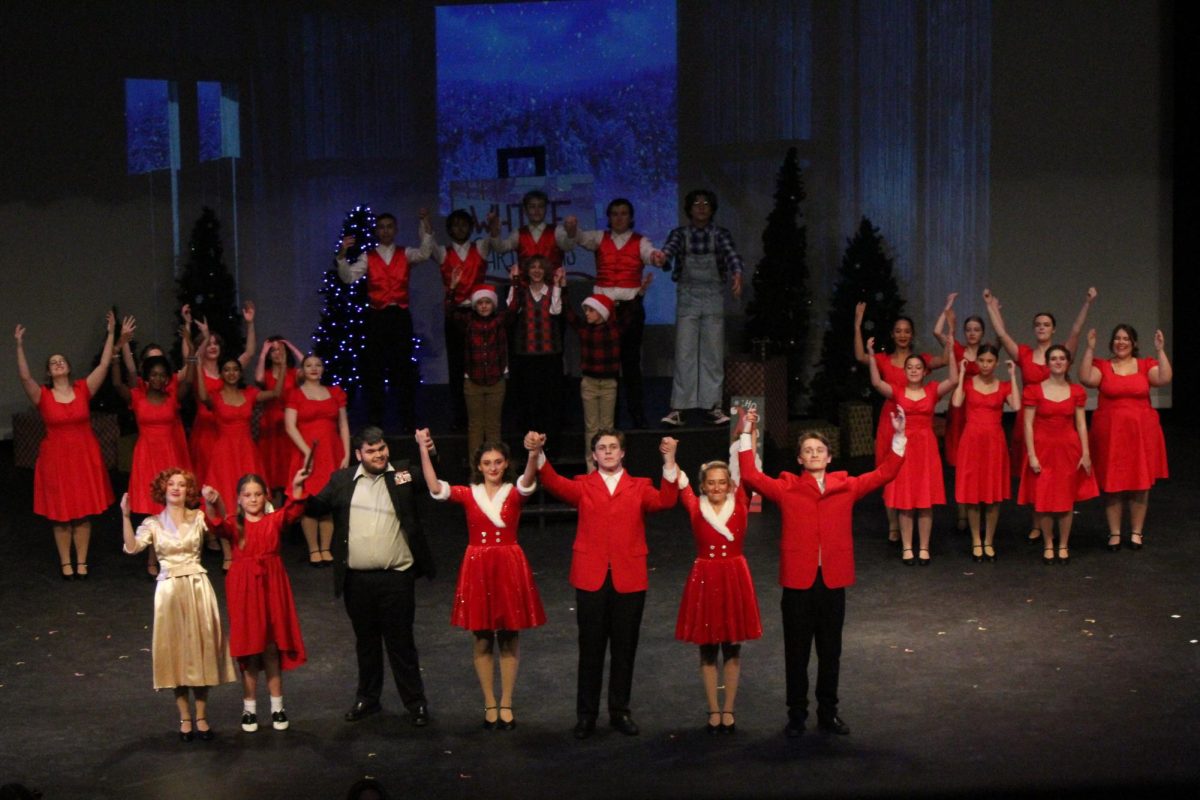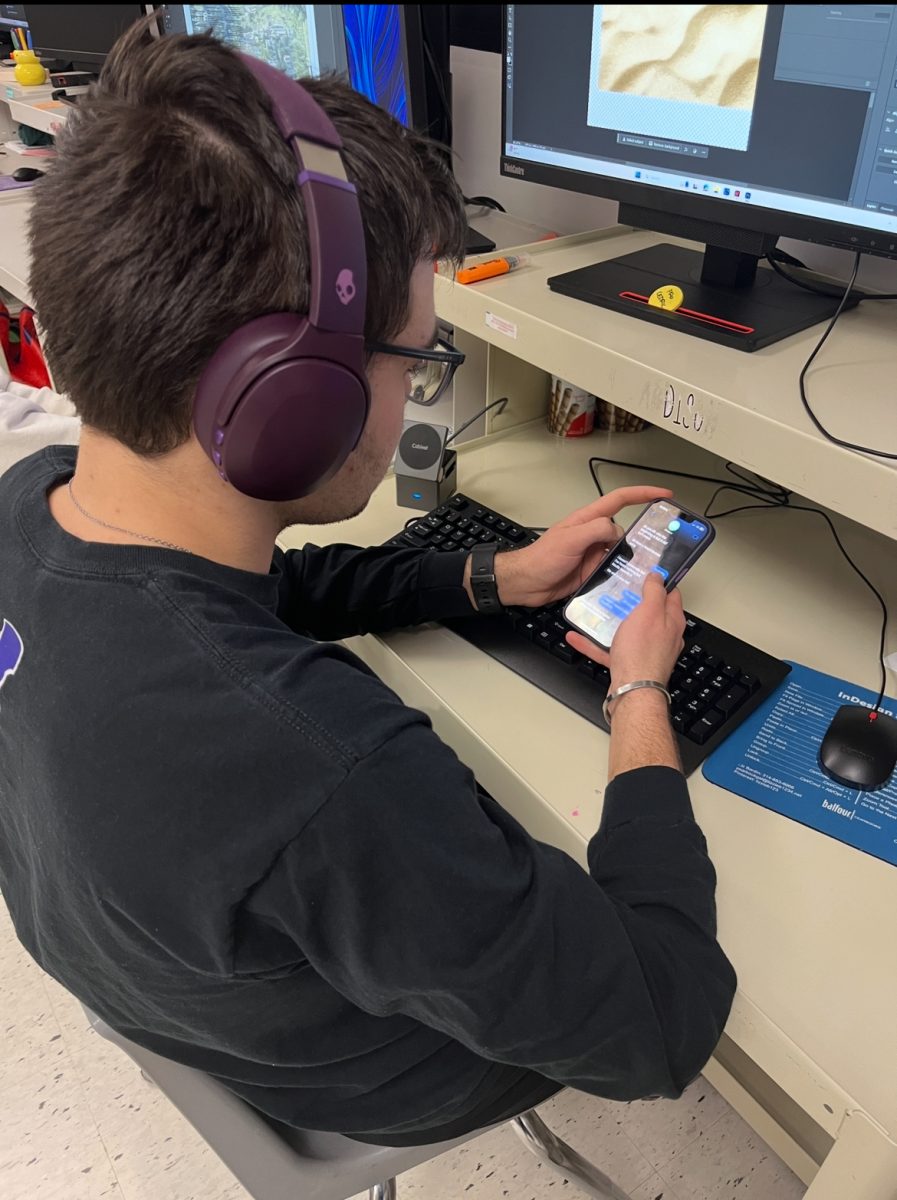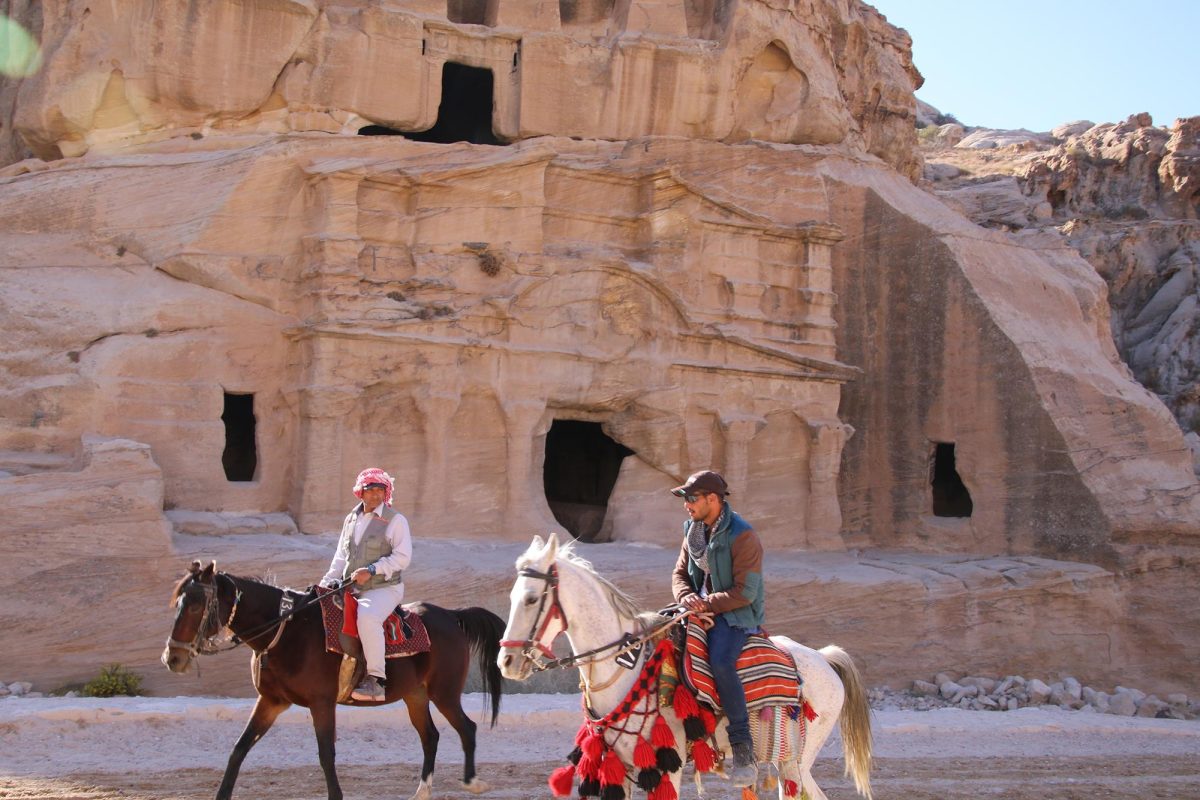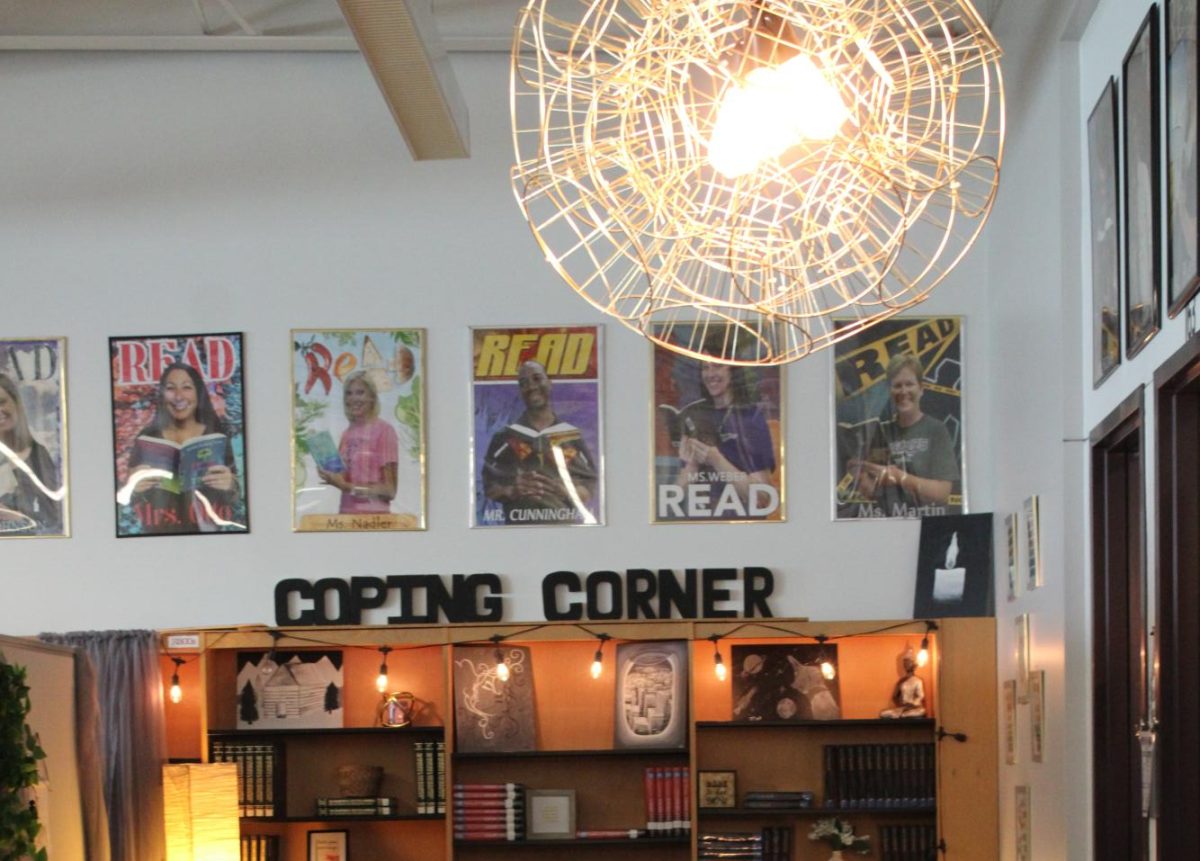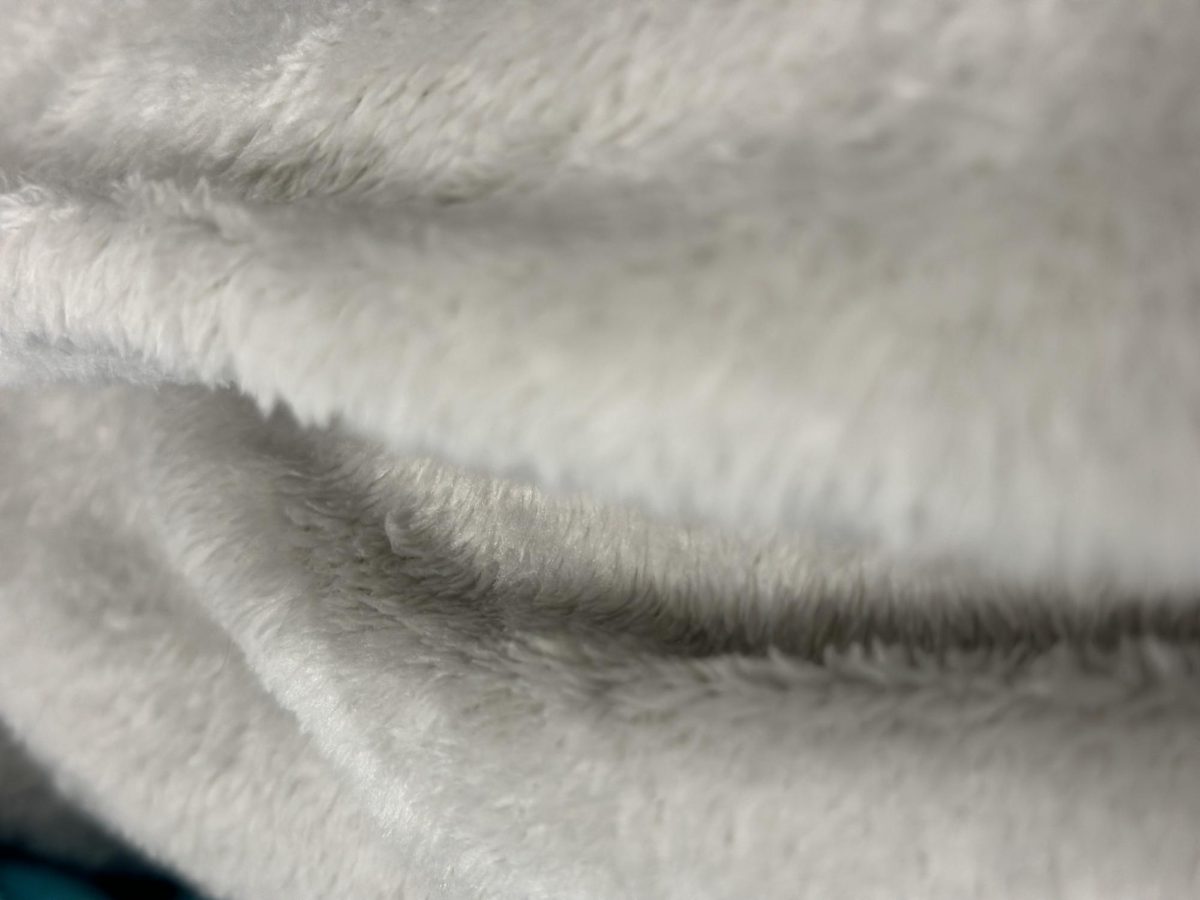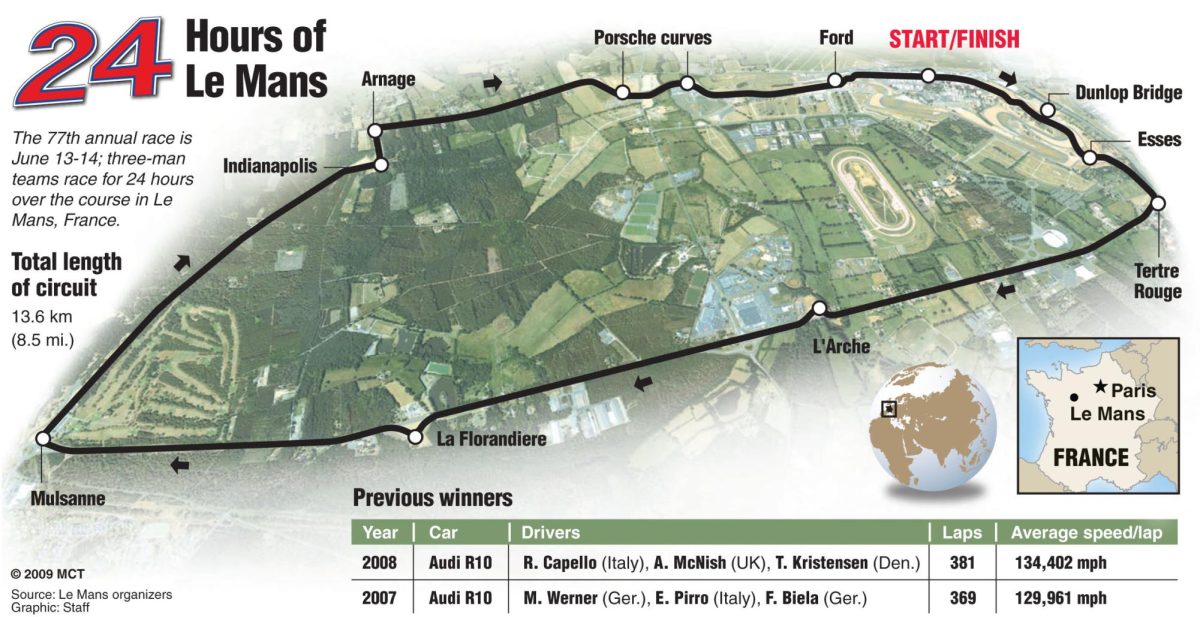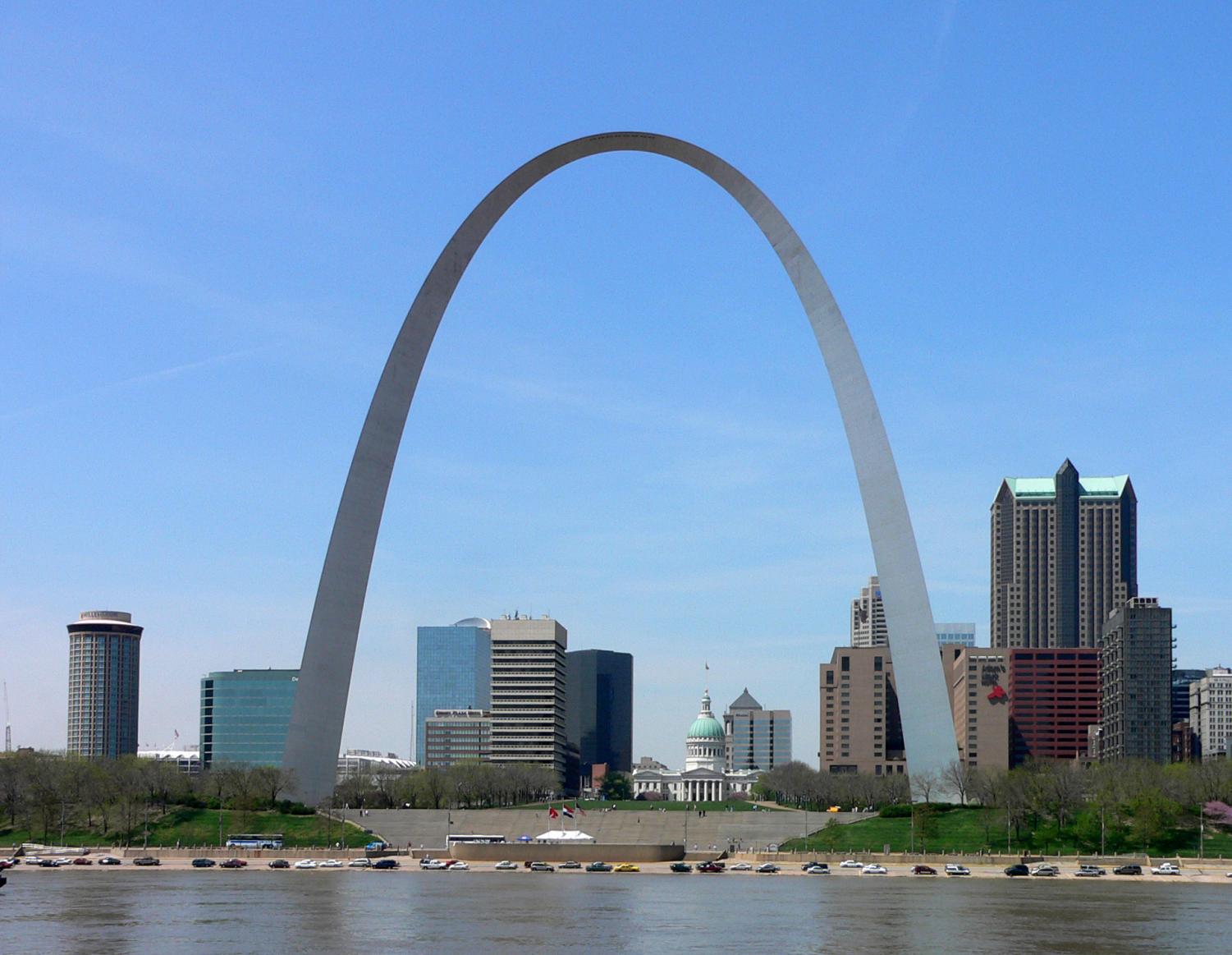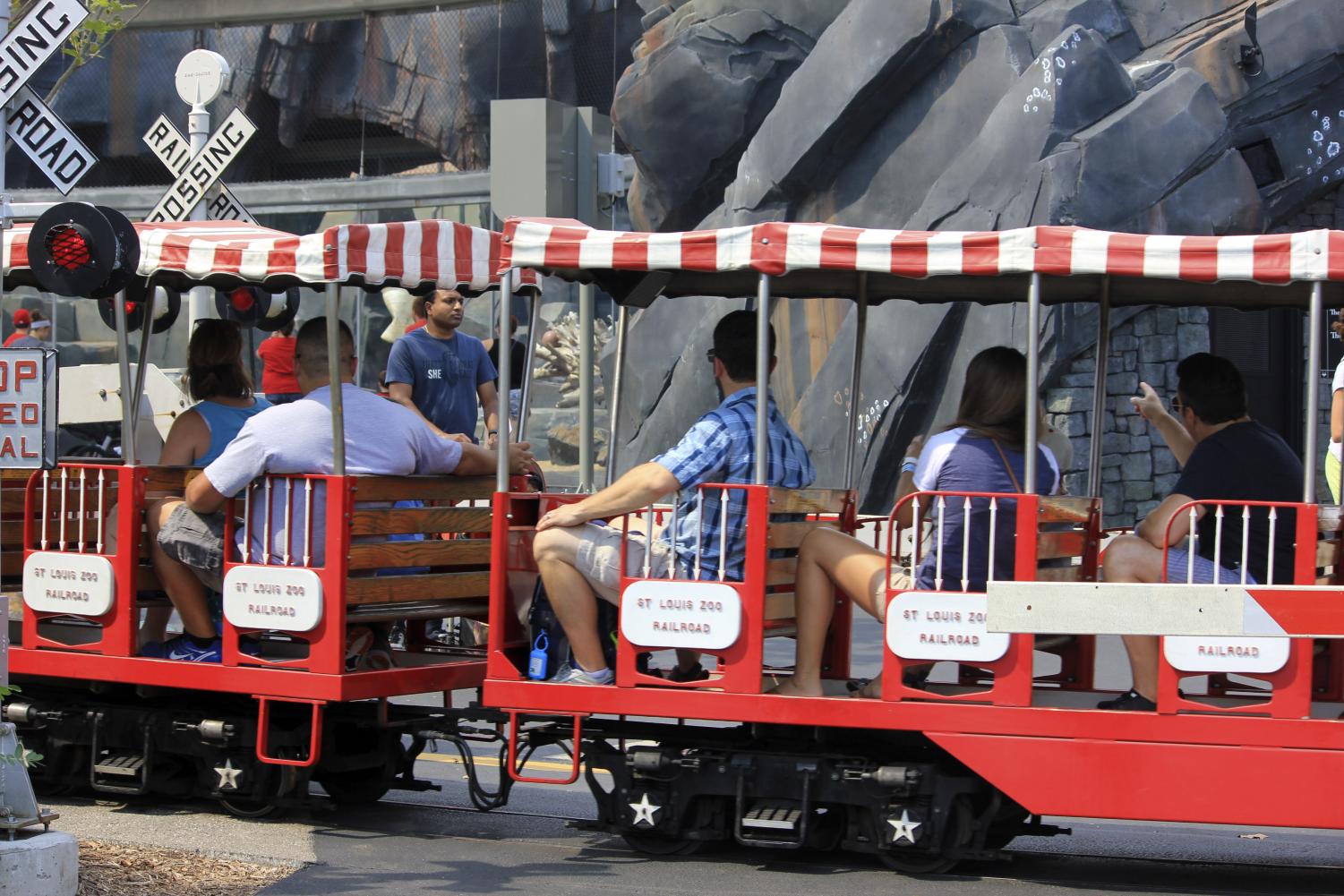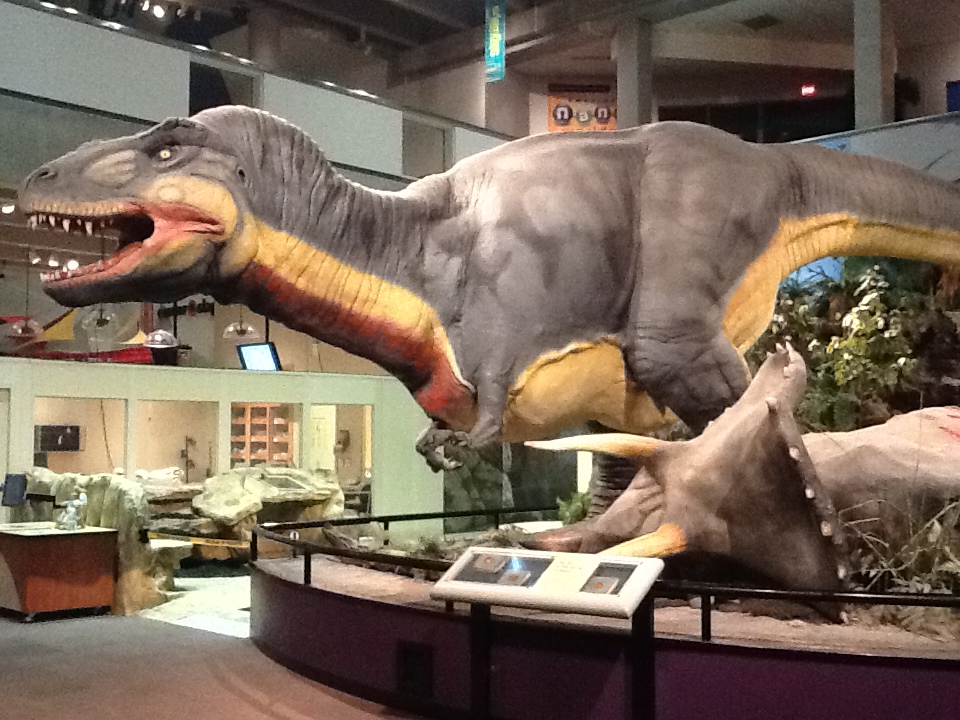History of Famous Places in STL
It may not be the most popular destination, but with its rich history, St. Louis offers a wide variety of interesting places to explore: The Arch, a classic staple of this city, The Zoo, its iconic shoe shape, The City Museum, its quirkiness and the Science Center, the place for learning and fun. With all of the fame these places have, few people know how they came to be.
The Arch
To memorialize the expansion to the west, Civic Leader Luther Ely Smith held a nationwide contest in 1947 to find the best design to put in the Jefferson National Expansion Memorial (JNEM). Eero Saarinen’s design was chosen and construction of the massive stainless steel structure began in 1961. The final piece was secured into place on October 28, 1965, according to gatewayarch.com.
The Museum of Westward Expansion was constructed underneath The Arch and later opened in the 70s. It includes information about St. Louis’s role as the Gateway to the West. More additions in 2009 made the JNEM more accessible to the public. A pedestrian bridge was built over the highway, a new museum, entrance and performance areas were added to the park to improve the experience to the ever growing popularity of this history memorial, according to the same source. It was named a National Park on February 22, 2018, making it the 60th national park, according to stltoday.com.
“The Arch is a pivotal monument in Saint Louis,” said freshman Alexandria Fuehrer said. “It shows us looking to the gateway to the west or through your window to a bright future.”
The Zoo
The St. Louis Zoo is ranked the number one zoo in America by USA Today. The World Fair in 1904 marked the original idea for The Saint Louis Zoo. It brought the first walk through flight cage that was so popular, the citizens of the city fought for it to remain even after the fair concluded. The city bought the cage for 3,500 dollars and it became the first exhibit of The Zoo. Civic leaders at the time wanted to build a zoological garden around the flight cage, so in November, 1910, the Zoological Society of St. Louis was established. The hope for it was to make the city more appealing to residents and visitors, according to stlzoo.com.
“There are two things a lively city needs, a good zoo and a good baseball team,” former Saint Louis Zoo Director George Vierheller said, according to stlzoo.com.
Made even more popular with free admission, the Zoo sees around 3 million people every year. The Zoo is open from nine a.m. to five p.m. everyday of the year except December 25 and January 1. Spanning over 90 acres of Forest Park, 603 species of animals call it their home, according to stlzoo.com.
“It is really interactive for kids,” sophomore Sara Norris said. “I take [the kids I nanny] down there and we’ll walk through the zoo together. You can learn and have fun at the same time.”
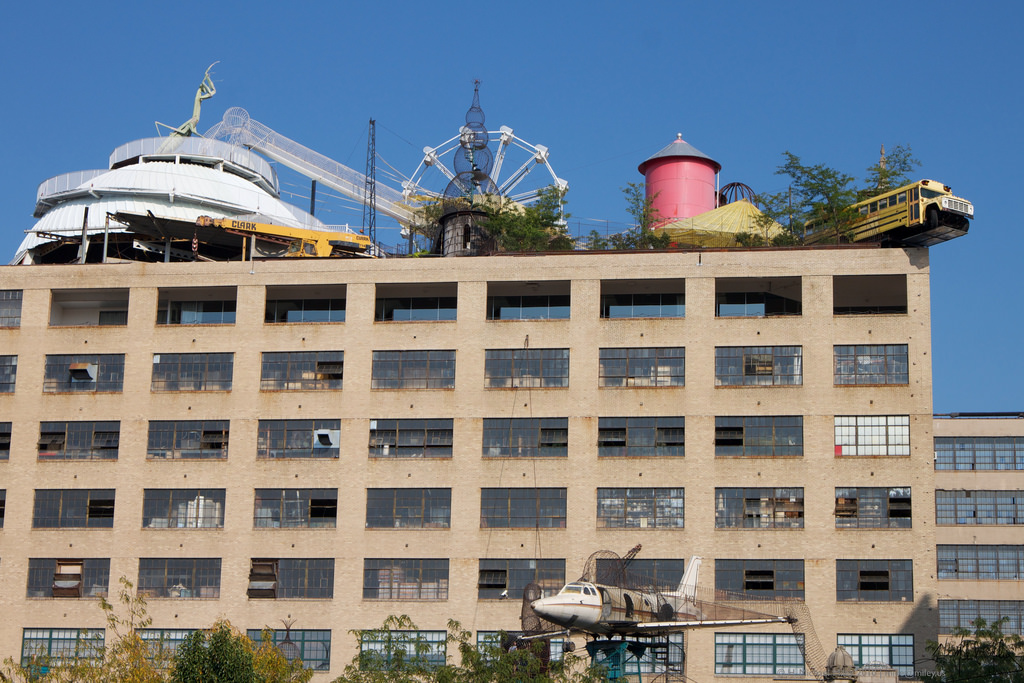
St. Louis City Museum
The City Museum
Originally called “The Museum of Things That Could Kill You,” The City Museum was a creation of the acclaimed artist Bob Cassilly. It is housed in the old International Shoe Company and has 600,000 square feet of weirdness to explore, according to citymuseum.org. 740,000 people visit the museum every year. That is twice the mpopulation of the city of Saint Louis. The City Museum has actually faced several lawsuits from injured visitors from the time it opened in 1997. However, Cassilly ignored any critiques about safety because his intention was to give the space for people to explore and take risks, according to smithsonianmag.com.
“Every city looks about the same, it has its buildings and all that but The City Museum is just fun and it’s out there and it’s not everywhere in the US,” sophomore Rachel Hawkinson said. “There is always something new to try if you just look around.”
Unfortunately, Cassilly died in 2011, but his memory will live on inside the quirky playground that is The City Museum.
The Science Center
The Science Center, a very popular school field trip destination, roots are found in the Academy of Science of St. Louis, which was founded in 1856 and was the first science organization west of the Mississippi River. The Academy formed the Museum of Science and Natural History in Oak Knoll Park. In 1984, the Museum added the James S. McDonnell Planetarium to it and after some remodeling, reopened as The Saint Louis Science Center in 1985.
There was more renovation done in 1991 so it could include the OMNIMAX theater, the connecting bridge across the highway and room for over 700 exhibits.
“It is something you can enjoy as an adult or as a kid,” Fuehrer said. “It makes science really run for kids, which I don’t think there is a whole lot of that out there.”

